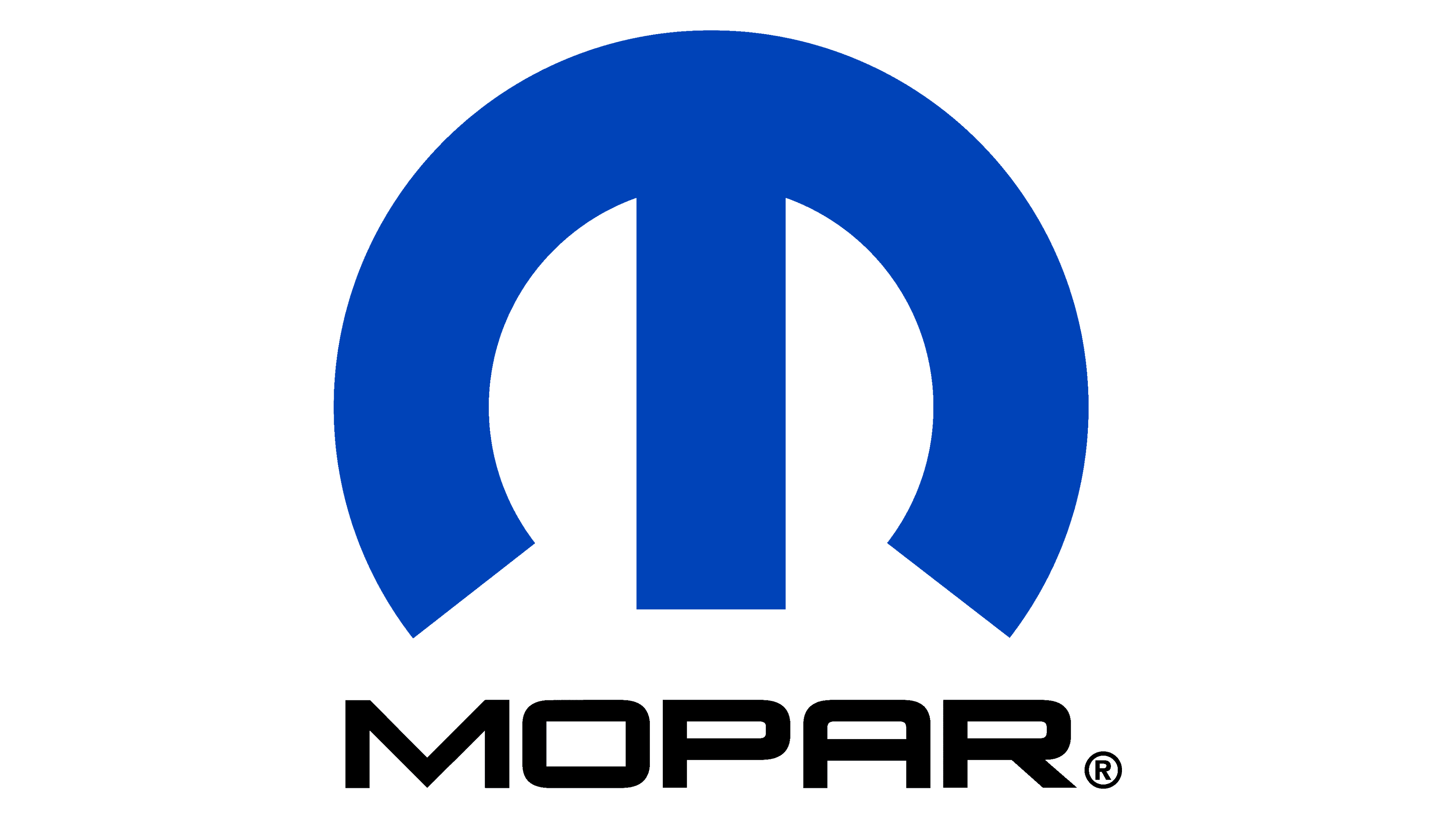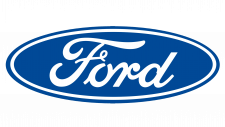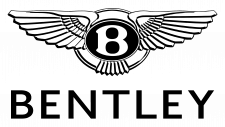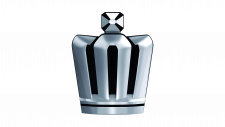Mopar Logo
This is a blend of the words “Motor” and “Parts”. Chrysler Corporation created it. It originated in the United States. The purpose was to provide auto parts. Mopar serves as the parts, service, and customer care organization within Stellantis, supporting all Stellantis brands.
Meaning and history
Mopar, a blend of “MOtor” and “PARts”, emerged in 1937, initially marking antifreeze products. It became Chrysler Corporation’s parts division by the 1950s, enhancing service operations. The 1960s saw Mopar’s evolution, supporting muscle cars with performance parts. Through mergers and acquisitions, ownership transitioned: from Chrysler Corporation to DaimlerChrysler in 1998, then to Fiat Chrysler Automobiles (FCA) in 2014, and finally to Stellantis in 2021, following the FCA-PSA merger. Each era brought expansion into global markets, diversifying product lines beyond original equipment, to include performance components, accessories, and expert services. Mopar’s identity shifted from a parts supplier to a comprehensive service and performance icon, embodying automotive excellence across Stellanti’s broad brand portfolio.
What is Mopar?
Mopar represents the heart of Stellantis’ parts and service sector. It stands as a crucial link between the manufacturer and vehicle owners. Mopar ensures cars run smoothly with genuine parts and expert care.
1933 – 1936
The logo in view presents a stark, modern aesthetic with a circular boundary. Inside, capital letter “P” dominate the center. The color palette is a rich, deep navy, exuding professionalism and reliability. This design merges simplicity with complexity, as the interplay of letters creates an almost labyrinthine effect. It’s a study in geometric symmetry, balancing negative space with solid form. The round emblem encapsulates the design, offering a sense of completeness and enclosure.
1937 – 1947
The second emblem bursts with color and vintage charm, a far cry from the previous logo’s minimalism. “MOPAR” stands proud in red at the center, encased in a yellow banner. The banner curves, akin to a classic car fender, imbued with automotive heritage. Words run around the edge, like racetrack lanes, proclaiming allegiance to Chrysler-engineered quality. Below, the names Plymouth, Dodge, DeSoto, and Chrysler form a foundation, anchoring the design. This logo doesn’t just identify, it invites enthusiasts into a storied legacy. It’s a nostalgic nod to a time when cars were more than transport, they were statements.
1948 – 1953
In this rendition, the logo maintains its retro flair but streamlines the text. Gone are the car model names, simplifying the message. “MOPAR” in bold red is now underscored by “FACTORY ENGINEERED AND INSPECTED”, emphasizing quality assurance. The yellow backdrop remains, but now “PARTS DIVISION” is prominently noted, suggesting a specialized focus. The blue outlines have thickened, strengthening the emblem’s presence. It’s a cleaner, more focused brand promise, assuring consumers of dedicated expertise in automotive parts and service. This evolution reflects a refined brand identity, focusing on the essence of Mopar’s commitment to engineering and quality.
1954 – 1958
This logo shifts to a more streamlined and oval design. The “MÖPAR” lettering is now in a bright, eye-catching red. The names of the car brands – Plymouth, Dodge, De Soto, Chrysler, and Imperial – are displayed in a neat line, acknowledging the diversity of the brand’s reach. The phrase “PARTS & ACCESSORIES” appears in a straightforward, sans-serif type, emphasizing functionality over flair. This clean and simple approach marks a modern turn in the visual identity, with an eye towards clarity and easy recognition. The entire logo is encased in a thin teal border, adding a touch of subtle color contrast without overwhelming the central message.
1959 – 1963
This logo introduces a dynamic shift with its central red triangle, pointing rightwards, signifying motion and progress. “MoPar” is inscribed within, asserting the brand in crisp white letters, contrasting sharply against the red. The surrounding circle breaks from tradition, adopting a cooler grey tone, dotted with vehicle names in a subdued blue. Notably, the text “REGISTERED U.S. PATENT OFFICE” forms a protective arc over the bottom, a testament to authenticity and innovation. This design steps away from the previous logo’s oval embrace, choosing instead a geometric playfulness that communicates both direction and heritage. It’s a visual pivot that speaks to a brand moving forward while acknowledging its lineage.
1964 – 1971
This logo distills the Mopar identity into a potent symbol and stark lettering. The emblem is a vivid red crest, suggesting speed and dynamism. This mark looms above the word “MOPAR”, spelled in hefty black letters. Absent are the earlier details of car names and patent declarations, making way for a straightforward declaration of brand. It’s a minimalist yet bold statement, communicating strength and confidence with just two colors and decisive shapes. The emphasis has shifted entirely to the brand name, indicating that Mopar has become iconic enough to stand alone without further elaboration. This design speaks to an era of bold moves and branding confidence.
1972 – 1984
In this iteration, the Mopar logo is redesigned to feature a tricolor theme—blue, black, and red – each carrying weight. Above, a blue rectangle harbors a geometric white star, symbolizing precision and excellence. Below, the brand name “Mopar”. Beneath this, a solid red block grounds the design, offering a vivid base. The incorporation of these primary colors speaks to the brand’s foundational values and universal appeal. The typography breaks from the previous logo’s boldness, opting instead for a fluid, more contemporary typeface. It’s a visual blend of the innovative spirit with a touch of the brand’s legacy.
1985 – 1990
The evolution here introduces a harmonious alignment of elements. The star emblem, once standalone, now resides within a blue square, suggesting stability and trust. The “Mopar” lettering transitions to a softer, more fluid font, adding a touch of approachability. The most striking addition is the red banner below, proclaiming “CHRYSLER CORPORATION GENUINE PARTS”. This direct message reinforces the brand’s authenticity and heritage. The choice of a clean, sans-serif font for the banner text communicates modernity and professionalism. This design balances the Mopar identity with its parent company’s reputation, merging them into a single, cohesive visual statement.
1991 – 2001
The logo has now embraced a monochromatic blue theme, eliminating the previous red banner. The star emblem remains within a square but now shares the same color as the “Mopar” lettering, promoting brand uniformity. The font retains its fluidity but shifts to a singular color palette, enhancing readability and brand recognition. “CHRYSLER CORPORATION PARTS” is neatly set below, in a smaller, clean typeface, signaling a straightforward, no-nonsense approach to branding. This design simplification reflects an era that favors clean lines and unification of design elements under one color, strengthening the corporate identity. The overall aesthetic is cleaner, more corporate, and more cohesive, representing a refined vision of the brand.
2002 – Today
The logo has been streamlined to a minimalist design, discarding any text except for the brand name “MOPAR”. The blue color persists, now used for both the text and the emblem – a bold, simplistic shape above the name. This emblem resembles an arch or gateway, symbolizing perhaps an entrance to quality and excellence. The font is straightforward, sans-serif, and robust, indicative of modern design preferences. By stripping away additional details, the logo reflects a contemporary trend towards sleek and efficient branding. It’s a shift towards a more graphic and less textual representation, suggesting that the brand’s identity is strong enough to be recognized by just a single emblem and the brand name.





















